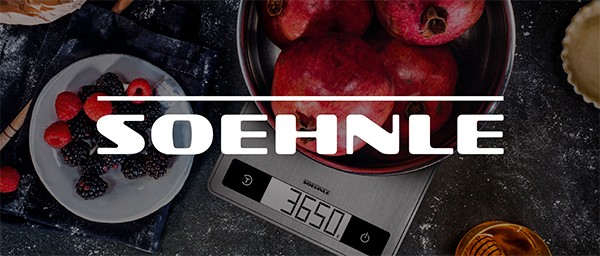Ways To Calm Anxiety Attack
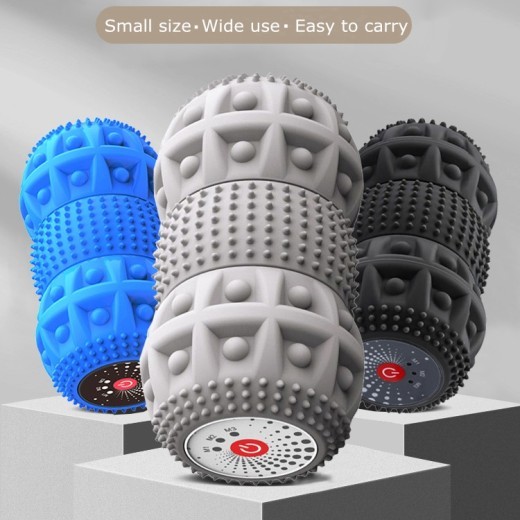

Electric Deep Tissue Foam Roller Vibrating Sports Recovery Peaunt Massage Ball
Gift Tree
Approx $76.24 USD
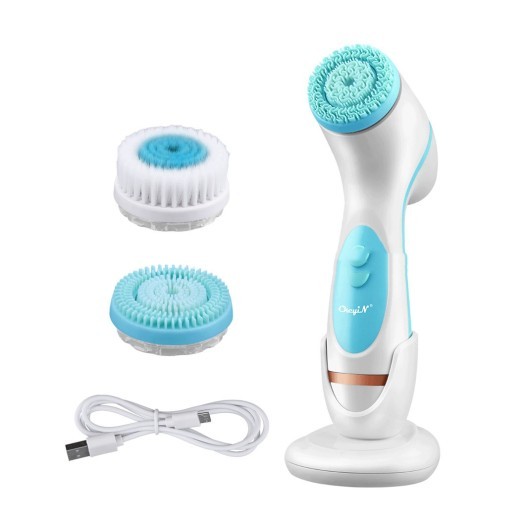
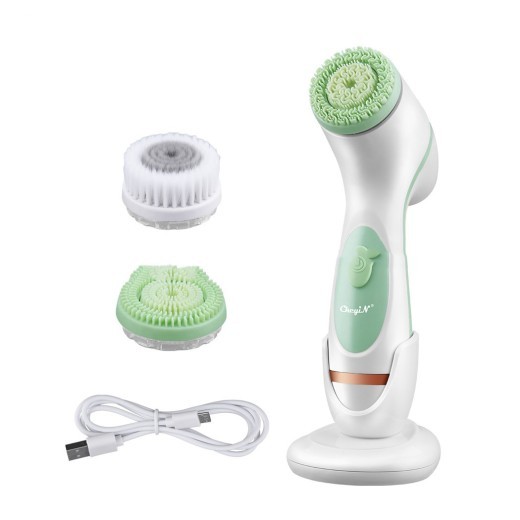
3-in-1 Multifunctional Silicone Face Neck Eye And Other Skin SPA Cleaning Massage Makeup Remover Facial Cleansing Instrument MR443
Gift Tree
Approx $59.03 USD
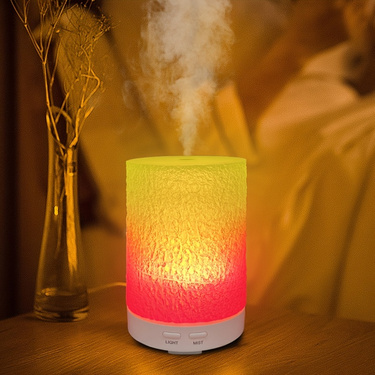
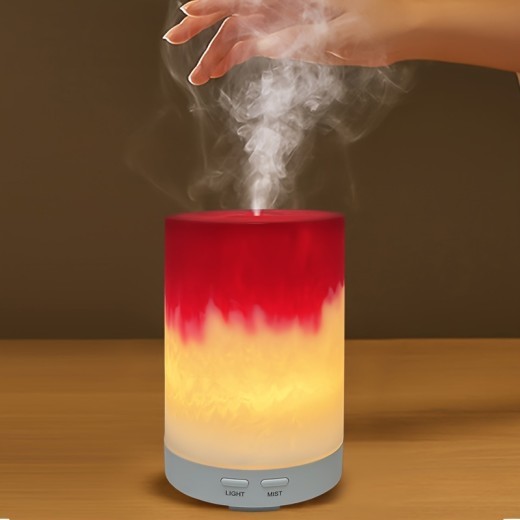
1 US Plug Baby Pregnant Women Humidifier Home Bedroom Silent Bedside Aromatherapy Machine Home Ambient Light ABS Resin Aromatherapy Humidifier
Gift Tree
Approx $56.48 USD
Effective Ways to Calm an Anxiety Attack
Anxiety attacks can be sudden and overwhelming, making it crucial to have strategies in place to regain control. Whether triggered by stress, panic, or underlying anxiety disorders, knowing how to calm an anxiety attack can help reduce its intensity and duration. Below are some of the most effective ways to manage anxiety attacks, restore a sense of calm, and prevent future episodes.
Recognizing the Signs of an Anxiety Attack
An anxiety attack often comes with physical and emotional symptoms that can be mistaken for a medical emergency. Understanding the signs can help differentiate between an anxiety attack and other conditions.
Common Symptoms:
- Rapid heartbeat or palpitations
- Shortness of breath or hyperventilation
- Sweating and trembling
- Dizziness or lightheadedness
- Nausea or stomach discomfort
- Feeling detached from reality (derealization)
- An intense sense of fear or doom
By recognizing these symptoms, you can begin implementing techniques to regain control before the attack escalates.
Breathing Exercises to Reduce Anxiety
Controlling your breath is one of the most effective ways to stop an anxiety attack. Anxiety causes shallow, rapid breathing, which can worsen symptoms. Using deep breathing exercises can help slow your heart rate and signal your body to relax.
4-7-8 Breathing Technique:
- Inhale through your nose for 4 seconds.
- Hold your breath for 7 seconds.
- Exhale slowly through your mouth for 8 seconds.
- Repeat until you feel calmer.
Alternate Nostril Breathing:
- Close one nostril and inhale deeply through the other.
- Switch nostrils and exhale slowly.
- Continue alternating to restore balance and relaxation.
Grounding Techniques to Stay Present
Anxiety attacks can make you feel out of control. Grounding techniques help bring you back to the present moment by engaging your senses.
The 5-4-3-2-1 Method:
- Name 5 things you can see.
- Touch 4 things around you.
- Listen for 3 sounds in your environment.
- Smell 2 scents around you.
- Taste 1 thing (gum, mint, or a sip of water).
Holding a Cold Object:
Holding something cold, such as an ice cube or a cold bottle, can jolt your nervous system and help you refocus on reality.
Using Mindfulness to Ease Anxiety
Mindfulness is a powerful tool for reducing anxiety and stopping negative thought spirals.
Guided Meditation:
Listening to a short guided meditation can redirect your focus and help break the cycle of anxious thoughts. Many free meditation apps offer
anxiety-specific sessions.
Body Scan Technique:
Close your eyes and mentally scan your body from head to toe, focusing on each area and releasing tension.
Movement and Exercise for Anxiety Relief
Physical movement can help dissipate the excess adrenaline released during an anxiety attack.
Walking or Light Jogging:
A short walk, especially in nature, can provide instant relief by lowering stress hormones and shifting focus.
Stretching or Yoga:
Gentle stretching or yoga poses like child’s pose, forward bend, or deep lunges can release built-up tension.
Aromatherapy and Essential Oils for Relaxation
Certain scents have been shown to reduce anxiety levels and promote relaxation.
Lavender:
Inhaling lavender essential oil or using it in a diffuser can lower stress levels and improve mood.
Peppermint:
Peppermint can help with headaches and nausea caused by anxiety.
Chamomile:
Chamomile tea or essential oil is known for its calming properties and can aid in relaxation.
Dietary and Lifestyle Adjustments to Prevent Anxiety
Long-term anxiety management involves making lifestyle changes that support mental well-being.
Limit Caffeine and Sugar:
High caffeine intake can trigger or worsen anxiety symptoms. Switching to herbal tea or decaffeinated coffee can make a significant
difference.
Stay Hydrated:
Dehydration can mimic anxiety symptoms, such as dizziness and rapid heartbeat. Drinking enough water throughout the day is essential.
Eat Nutrient-Dense Foods:
A balanced diet with omega-3 fatty acids, magnesium, and vitamin B-rich foods can help regulate mood and stress levels.
Seeking Professional Help
If anxiety attacks become frequent or severe, professional guidance can provide long-term relief.
Cognitive Behavioral Therapy (CBT):
CBT helps identify negative thought patterns that trigger anxiety attacks and replaces them with healthier coping mechanisms.
Medication:
In some cases, a doctor may prescribe anti-anxiety medication to help manage symptoms. Always consult a healthcare provider before taking
medication.
Conclusion
Calming an anxiety attack requires a combination of immediate techniques and long-term strategies. Breathing exercises, grounding methods, mindfulness, movement, and dietary changes can all play a role in managing anxiety effectively. If anxiety persists, professional help can provide additional support and tools for coping. By implementing these strategies, you can regain control and experience greater peace of mind.



.jpg)



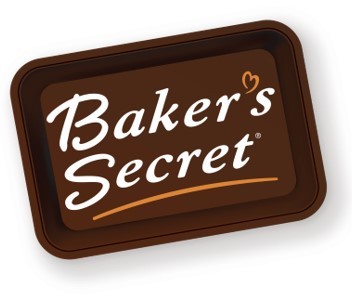





.jpg)





.jpeg)





.jpeg)



.jpeg)








.jpeg)



.jpeg)

.jpeg)

.jpeg)

.jpeg)




.jpeg)
.jpg)

.jpeg)






.jpeg)
.jpeg)




.jpeg)





.jpeg)


.jpeg)

.jpeg)

.jpeg)

.jpeg)


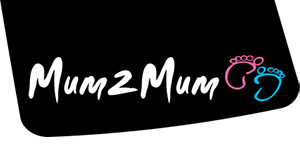




.jpeg)
.jpeg)
.jpeg)





.jpeg)



.jpeg)






.jpg)
.jpeg)









.jpg)


ulva-Logo.jpg)




.jpeg)



.png)

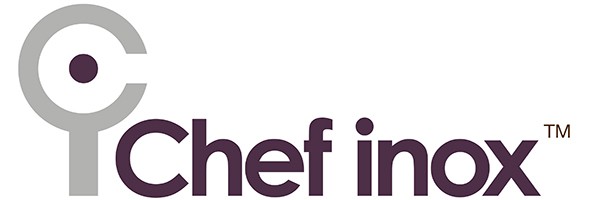




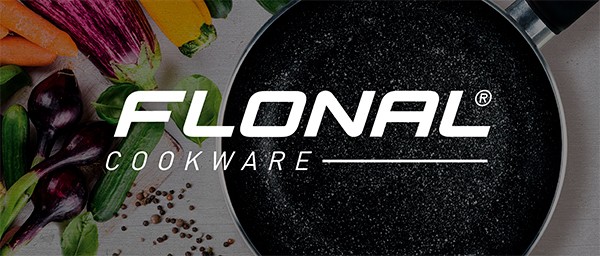

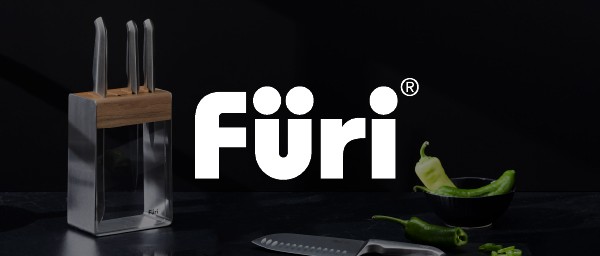




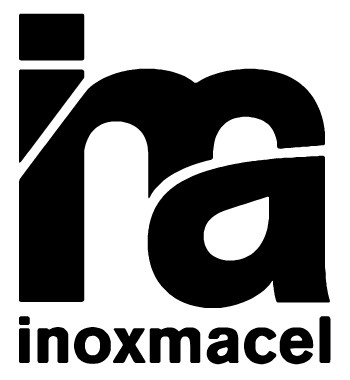
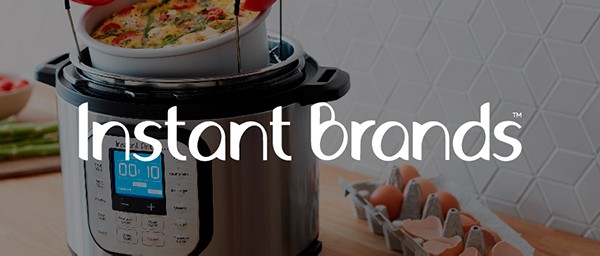
.png)












